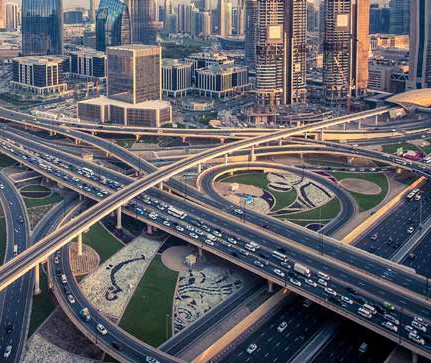Along for the Ride: Safety, Morality and the Myth of the Self-Driving Car

By Kevin Ritchart
Technological advancements are bringing society ever closer to a vehicle that essentially drives itself, which begs the question: just because we can make a self-driving car, should we?
The Potential
Advocates of autonomous vehicles are quick to point out potential benefits like increased traffic efficiency, reduced pollution and a significant reduction in traffic accidents, most of which result from human error. But the idea that drivers can trust their vehicles to do all the work of getting them from point A to point B without incident sounds more like science fiction to many today.
It was only last year when a Tesla Model S, operating in Autopilot mode, failed to apply its brakes or swerve to avoid an 18-wheeler that had made a left turn in front of it, killing its sole occupant. The vehicle’s sensors were unable to tell the difference between the white side panel of the tractor trailer and the bright Florida sky above it. The vision systems employed by today’s early generation of so-called self-driving cars utilize low-resolution cameras to identify objects outside the car. But the technology is far from perfect, according to Carnegie Mellon University professor Ragunathan Rajkumar.
The Myth
Despite warnings that the Autopilot feature merely assists drivers and is still in the testing phase, the occupant of the Tesla that crashed in May also failed to see the truck turning in front of him or respond in time by steering away or applying the brakes manually.
The National Highway Traffic Safety Administration (NHTSA) is currently investigating the Florida crash and another that took place in Pennsylvania in July, in which a 2016 Tesla Model X struck barriers on both sides of the Pennsylvania Turnpike and rolled over, injuring both passengers. The NHTSA is still determining what role, if any, the Autopilot feature may have played in the accident.
The Moral Dilemma
But these technologies raise another interesting dilemma: when a car’s self-driving program is forced to choose between protecting its passengers or the public at large, which lives does it deem more valuable?
In a 2015 survey of nearly 2,000 people in the U.S., participants opposed the idea of an automated vehicle saving the life of just one pedestrian at the expense of its passenger. But nearly three-quarters of respondents said it was more morally acceptable for a driverless car to sacrifice the life of one passenger to save 10 pedestrians.
When pressed to rank their own safety or that of their family members in a self-driving vehicle versus the safety of pedestrians, however, respondents’ support for pedestrian safety dropped precipitously.
The Road Ahead
Until technological advances and other developments make self-driving cars more than a novelty, the successes and failures of these vehicles will continue to be debated in the court of public opinion. But make no mistake, the automotive industry is gearing up for an increasingly automated future.


